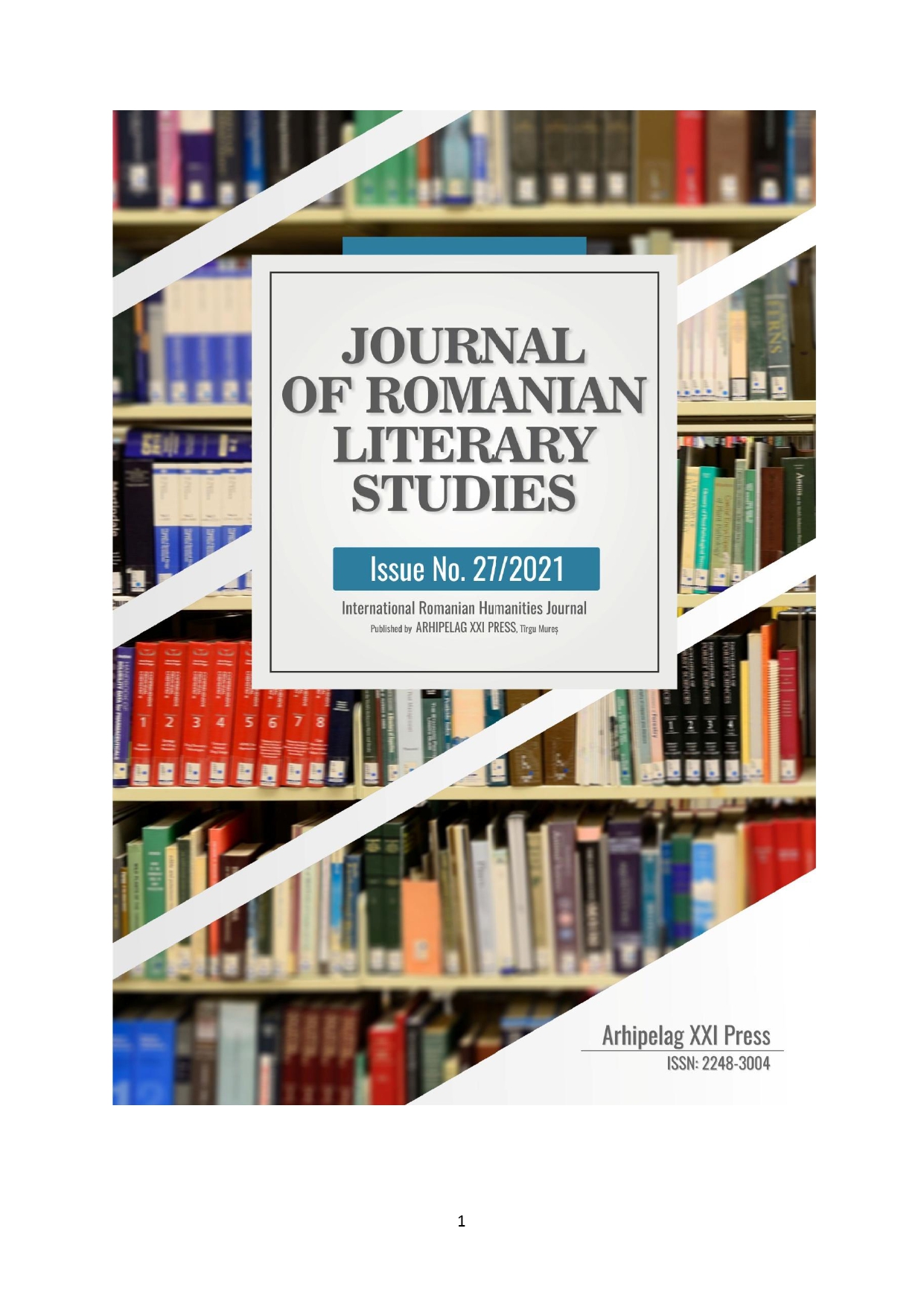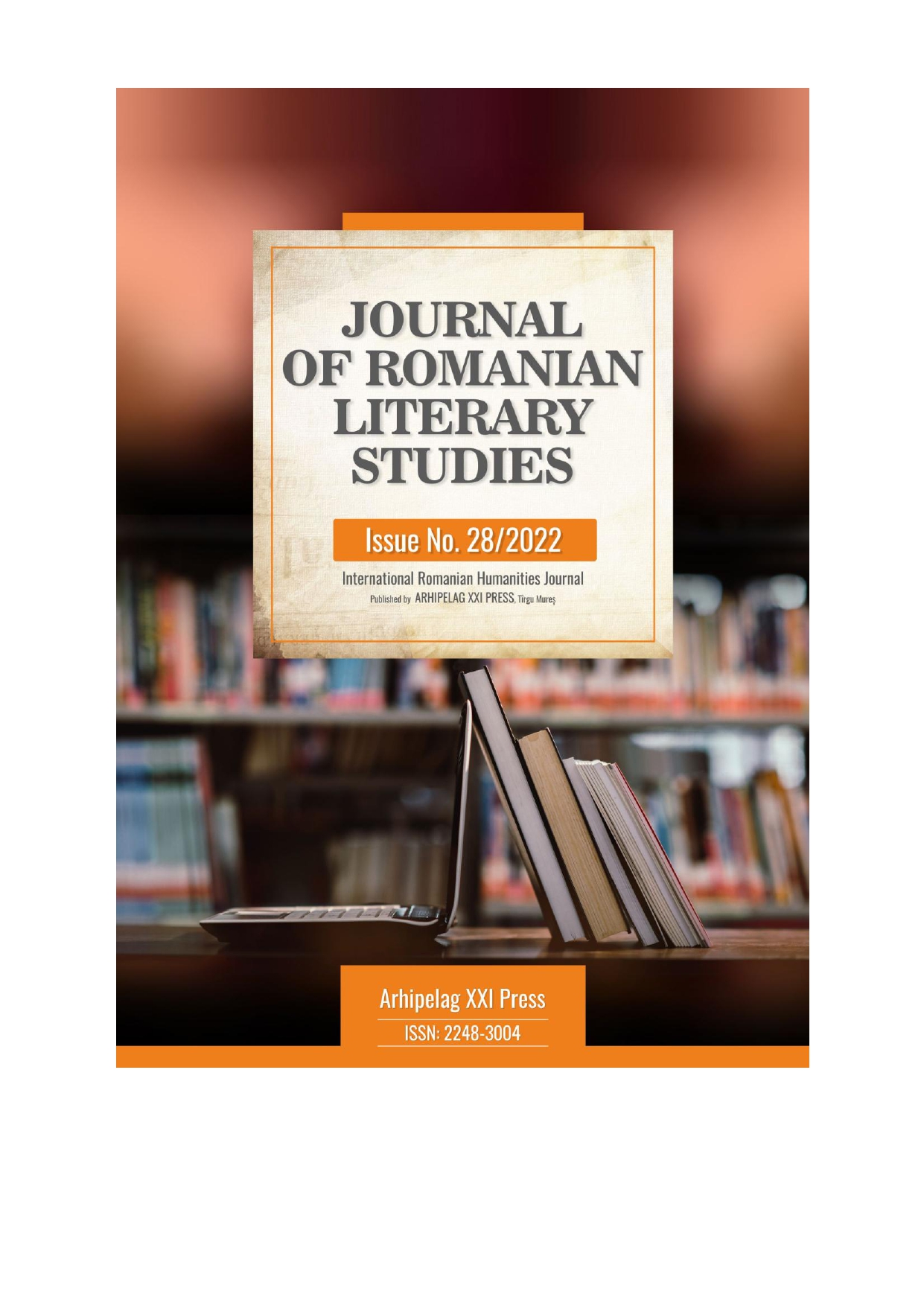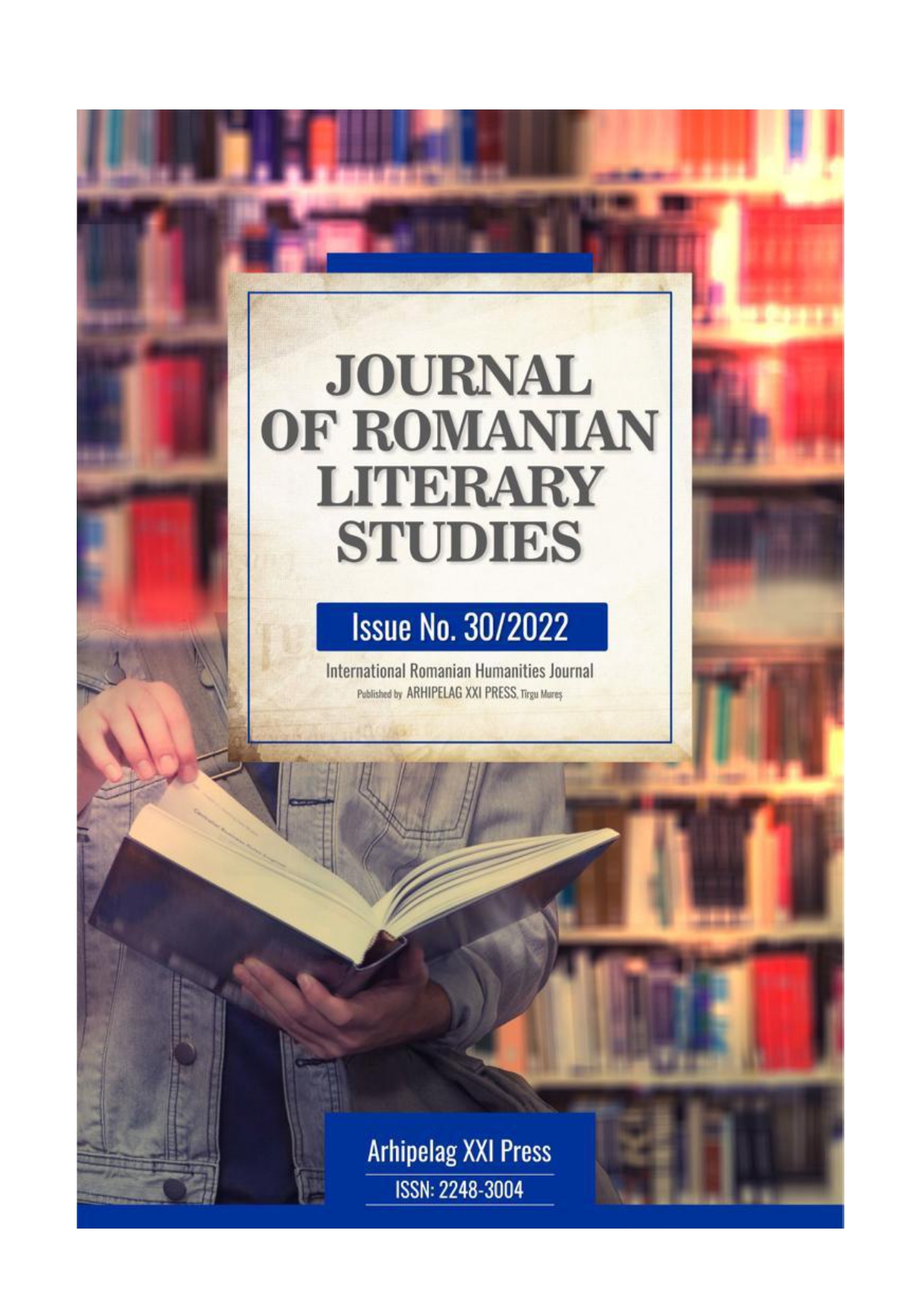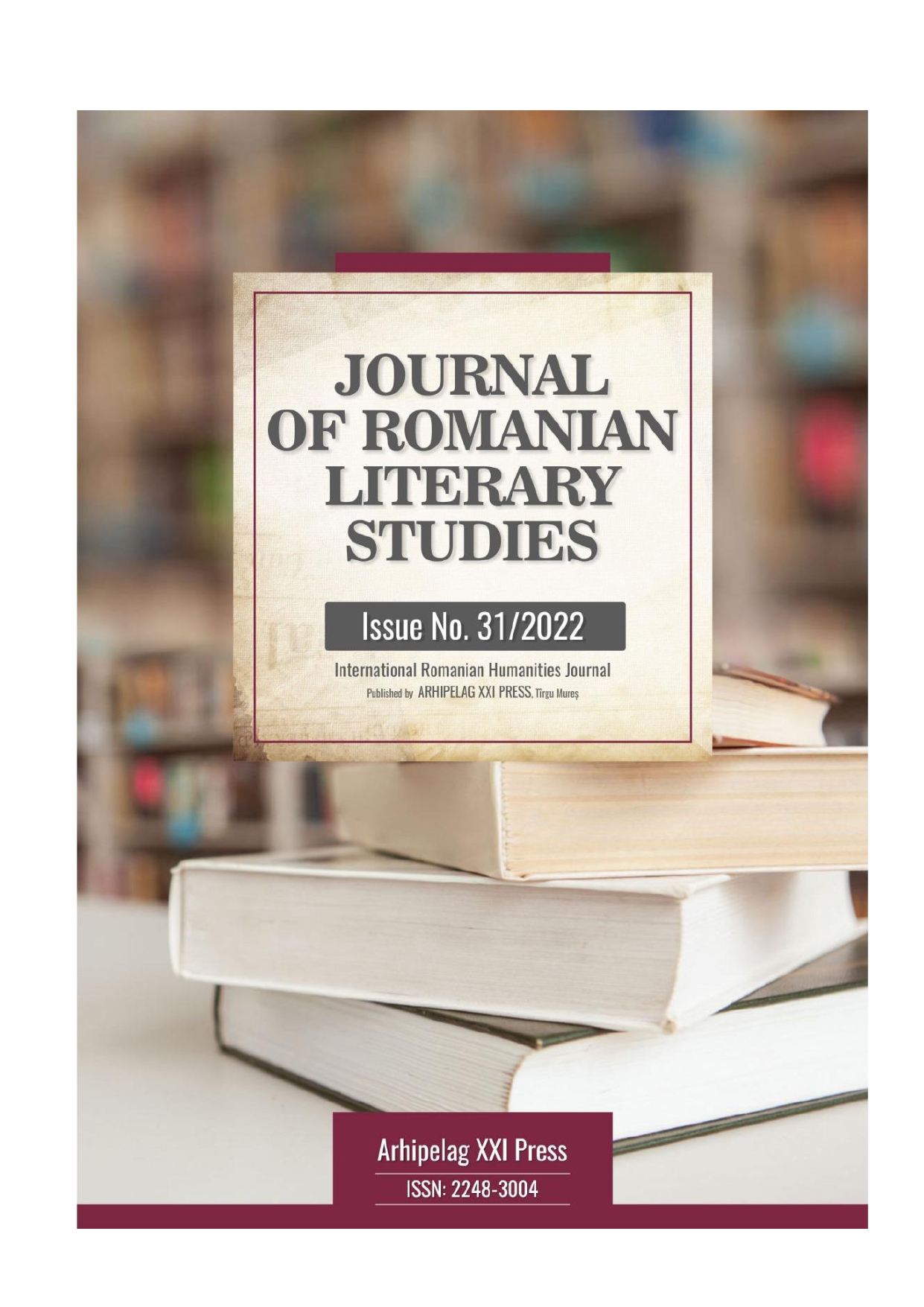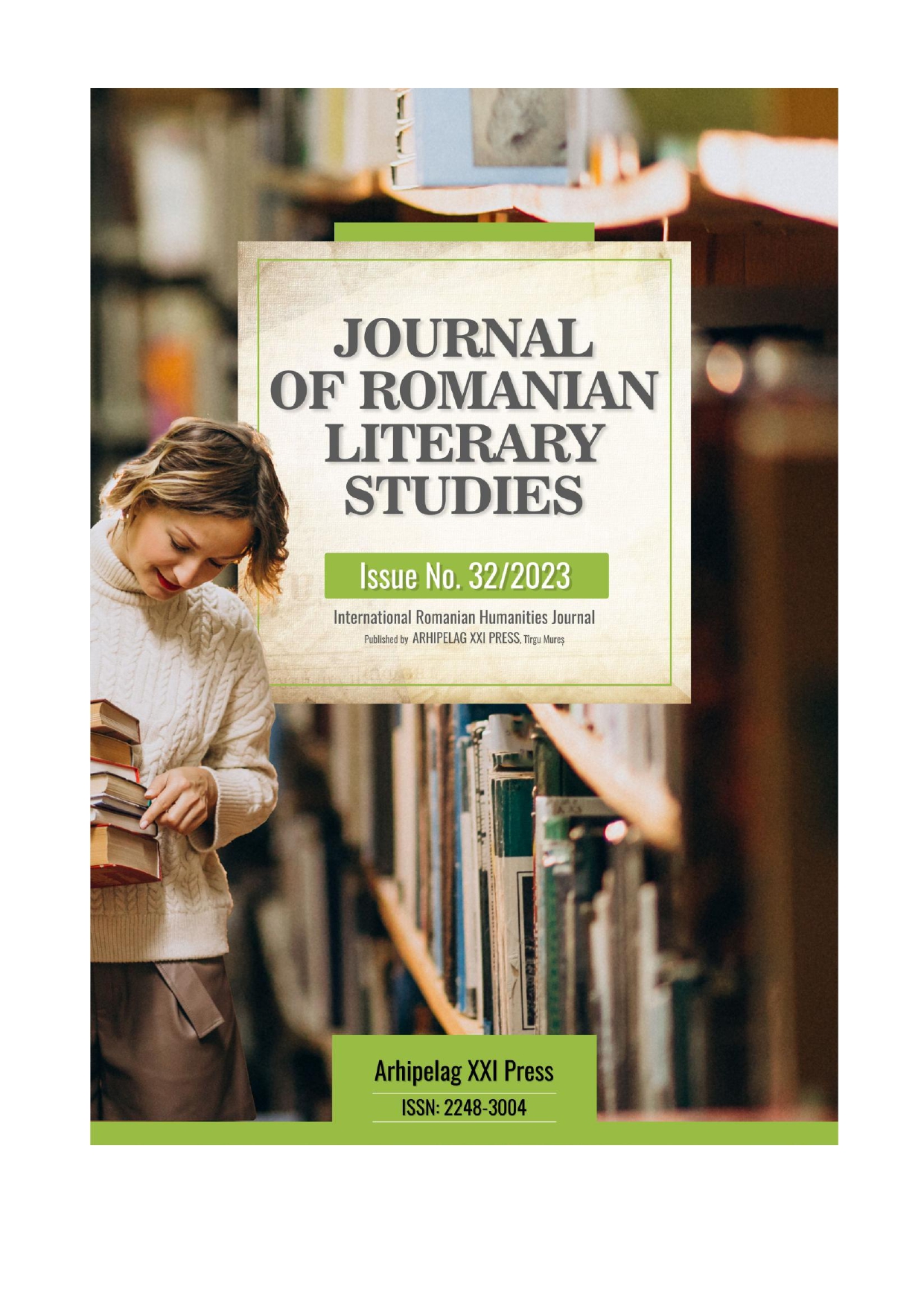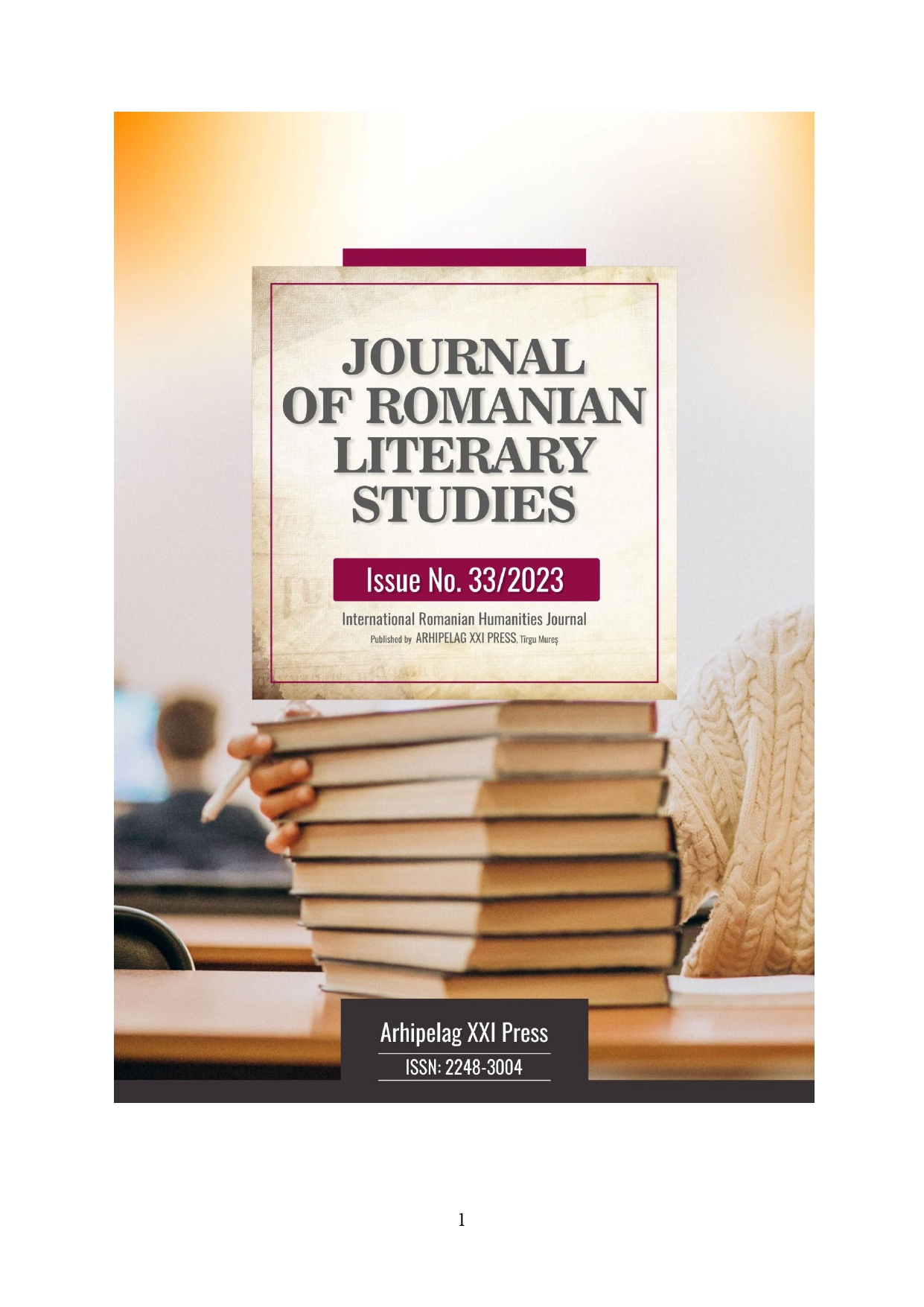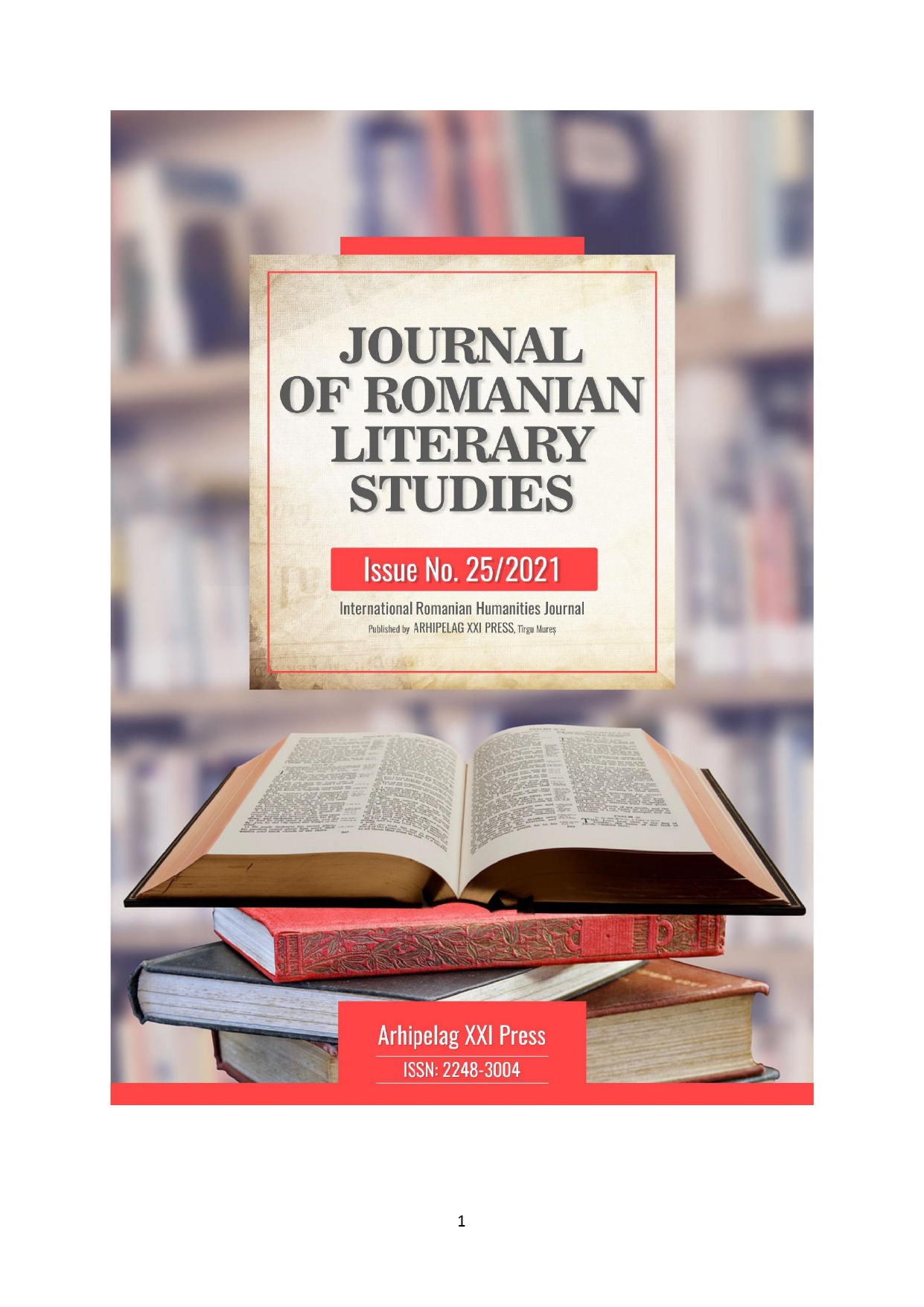
VICTORIAN LITERATURE AND THE ITALIANS
This article is meant to deal with the perception of 19th century Italy and its culture by the Victorian writers of that time, some less known and some representative one, the interactions and social and cultural influences among Italian and Victorian writers. Their fructuous time spent in Italy, help them better interpret the contradictions and contrast of their own English society and to differentiate between the pastoral and idyllic life of Italian natural landscape with the city’s dirt and crime. Italian Risorgimento as well as Victorian England was a period of transition from the old to the new.
More...
